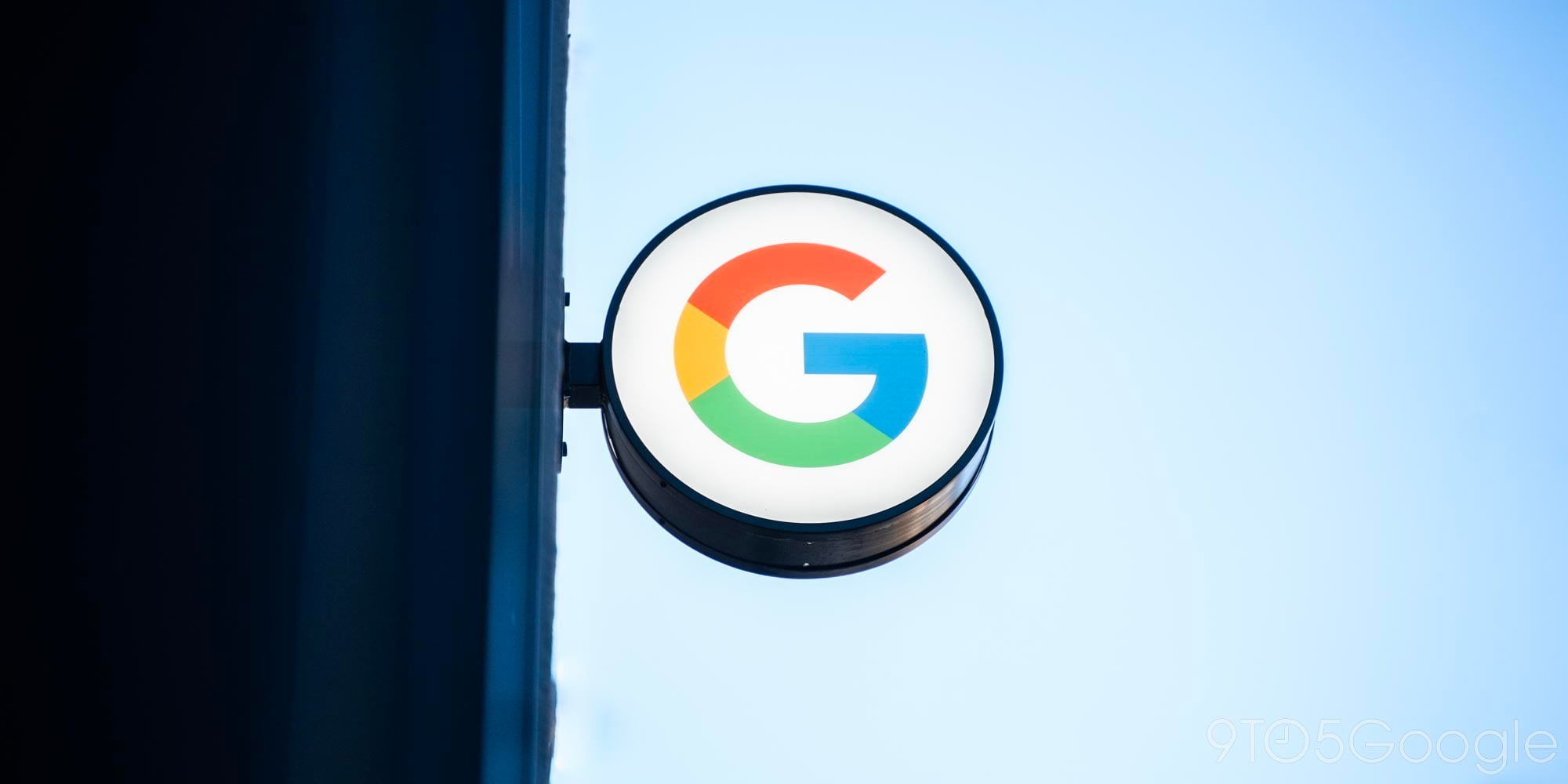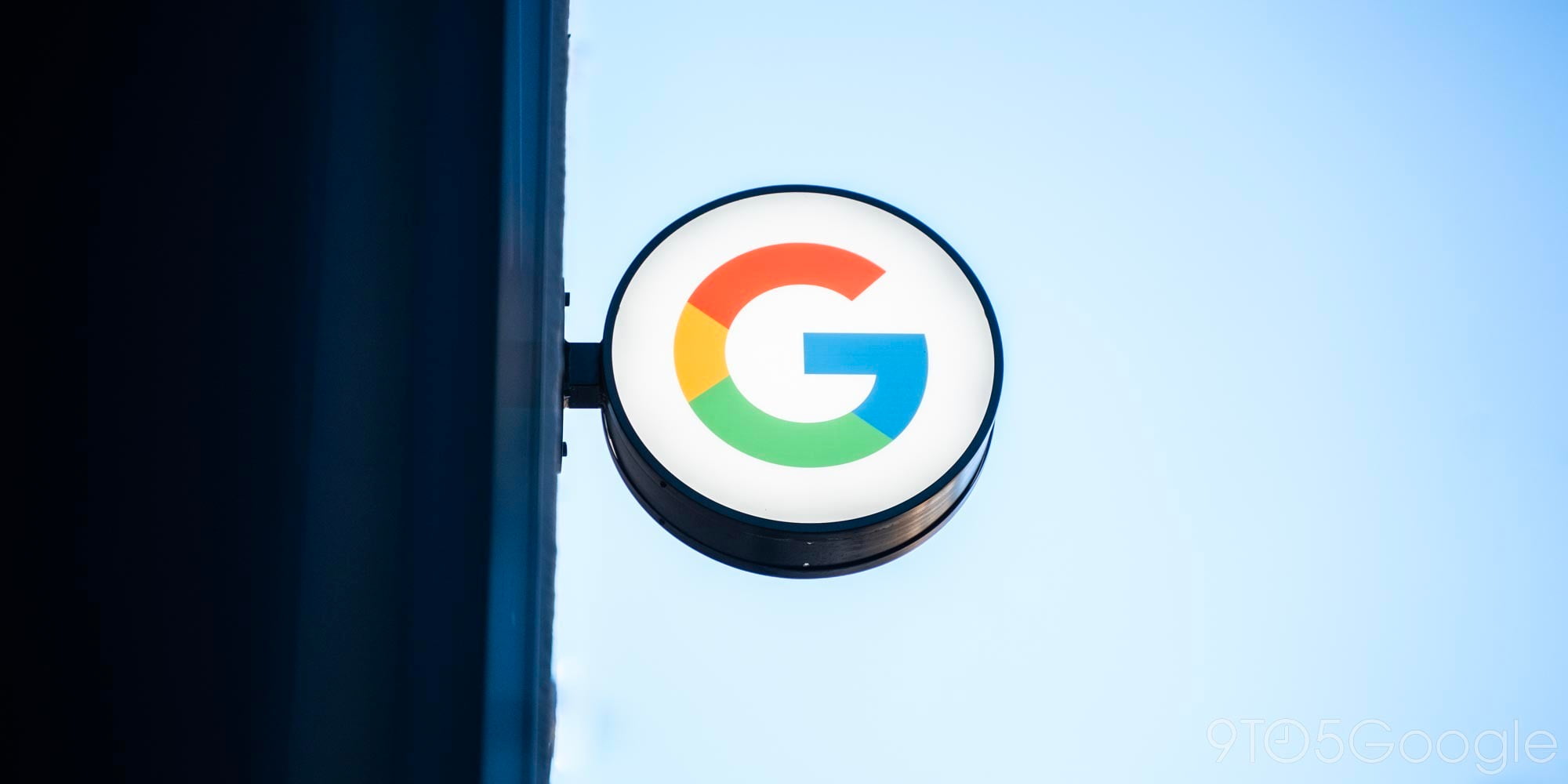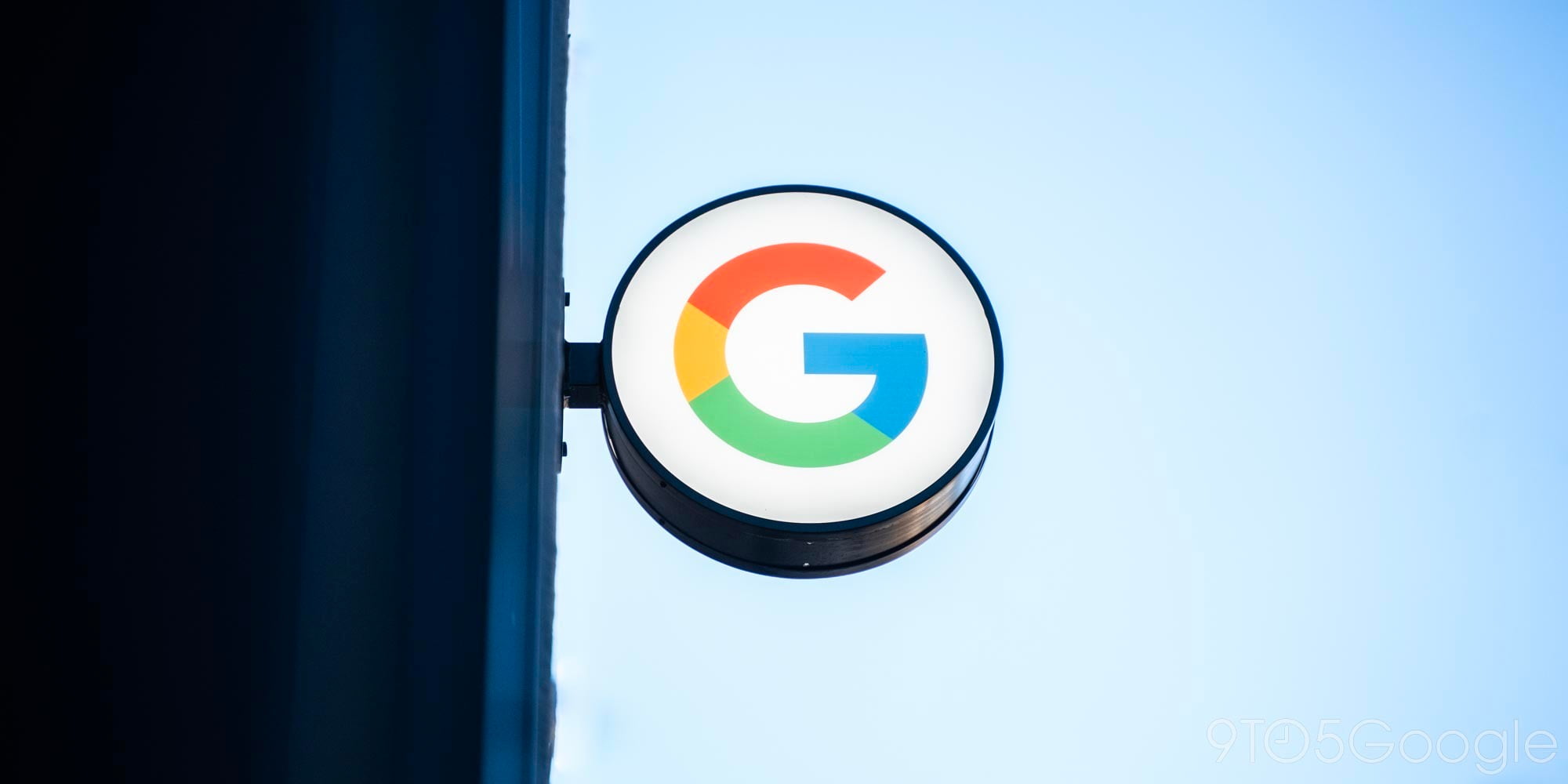
The rise of wearables and smartwatches in recent years has entrenched the perception that step count is the metric of fitness. It’s no surprise that many of the accompanying services have leaderboards that try to gamify exercise. Now, Google is out with a different approach that focuses on new metrics. Featuring the Google Material Theme, the revamped Google Fit is without a doubt more than a step counter.
After updating (or installing), users are greeted with a walkthrough that emphasizes Google Fit’s “two new goals.” The Google Material Theme is immediately evident from the white backgrounds to new elements like buttons and text fields that feature rounded corners and faint gray outlines.
Users have to first populate “About you” with gender, birthday, weight, and height. If you’ve used Fit in the past, this information is already filled in. You have to next agree to activity detection, which tracks running, walking, and other sports automatically with your phone or Wear OS watch. The information will also be used to analyze data over time and personalize features.
Move Minutes and Heart Points
Fit then introduces the concept of Move Minutes and Heart Points, which Google developed alongside the American Heart Association. In practice, they are just another daily goal to meet like step count or calories burned, but focus on the quality (Heart Points) and quantity (Move Minutes) of the exercise.
Move Minutes are straightforward and intended to get you active, either by “short strolls,” dancing, or yoga. Google’s intention is to encourage users to do small things throughout the day that increase this metric, like taking the stairs or walking and talking instead of having a sedentary meeting.
Meanwhile, more Heart Points are awarded when users increase the intensity of a workout. For instance, a moderate minute-long walk earns one point, while a more intense run or other activity will garner you two points.
Google Material Theme front and center
Like other apps that have just been redesigned, the Google Material Theme plays a big role in focusing and simplifying Google Fit. The sparse navigation drawer has been replaced with a bottom bar that emphasizes just three sections.
At the top of the Home tab are two rings that reflect your Move Minutes and Heart Points. Once filled in for the day, the circles morph into octagons with a delightful animation. Tapping at your avatar brings up the “My activity” page to get a precise breakdown of when minutes/points were earned and through what activity.
Underneath, in a slightly smaller font, are your standard step count, calories burned, and calculated distance. Any of these data fields can also be tapped to bring up a more granular graph of that metric broken down by Day, Week, or Month. Scrolling down further in the Home tab are graphs for step count, heart rate (if available), and weight.
Before moving on to the Journal tab, I’d like to point out the animated icons in the bottom bar as you jump to a section. For example, the rings of the Home icon rotate, while the Journal clipboard swings side-to-side as the tab loads with history. It’s a very small feature, but a unique one.
Separated by days, it notes up top how many minutes or points were earned on that day before detailing activities like runs and walks. This includes the duration, distance, and points received. Users can tap on any activity to get a more detailed breakdown like steps, calories, and pace. Underneath the map, a boxed off section notes highlights like “You scored extra Hearth Points for a more intense workout.”
A plus-shaped FAB is present on the first two tabs that allows users to Add blood pressure, weight, and activity, as well as begin tracking a workout.

Wear OS
The wearable app gains a similar redesign that also leverages two rings to note your daily Move Minutes and Heart Points progress. Swiping reveals other stats like steps, calories burned, and miles traveled. Tapping any metric will open a weekly progress graph.
- Previous
- Previous
Back on the main screen, there is a graph of your daily step count and set goal for that stat. At the bottom is a quick shortcut to start a workout and open settings to edit your profile, units, and activity goals.
This update also introduces a redesigned watch face with two outer rings that note goal process and can be tapped to quickly launch Google Fit. Only a digital face is available, with the previous analog version removed. The time — complete with day and date — is very glanceable, while the face can be customized with up to two Wear OS complications. Meanwhile, the new Move Minutes and Heart Points goals are available as complications on other faces.
An (A)ssistant of sorts
Given my brief usage, I’ve yet to encounter notifications or tips to alter my goals either because I’m underperforming or too easily surpassing them. These coach-like suggestions play a role in making sure users continue their goals — and of course keep using Google Fit. According to Google, goals will be adjusted over time based on activity to keep users motivated.
As is, the app does a good job of emphasizing that proactive smarts are present throughout. The new Fit heart icon — in the four Google colors — is used to note these insights on an activity’s detail page, as well as the Home tab under the summary of the day’s metrics.
The long race to get Fit
Google Fit does not have the brand recognition as Fitbit or — surprisingly — Samsung Health which has over 500 million installs on the Play Store. It has long languished as just another Google application, but with this revamp I think it has a real opportunity to get noticed.
Fitness apps are inherently complex in that they have to display a host of stats, while also catering to the beginner and the fitness bug. Fit’s history — and today’s update is no exception — suggests that Google is targeting the average user that just wants to keep track of their basic health.
While this may sound like a simple demographic to build for, this category is arguably the most difficult and filled with people who have varying degrees of interest and motivation to keep up with healthy activity.
To this end, Google created a remarkably straightforward app — thanks to Material Design — that does note the step count, but also encourages users to care about metrics that it argues are more meaningful. However, where Fit can really hook users and distinguish itself is through coaching capabilities that actively work to keep users motivated.
It’s too early to tell whether Move Minutes and Heart Points will ultimately be a metric that people adopt and look to improve. Nevertheless, Google has nailed down the basics of creating a clean, simple app and that is a very good starting point in this race.
FTC: We use income earning auto affiliate links. More.




Comments